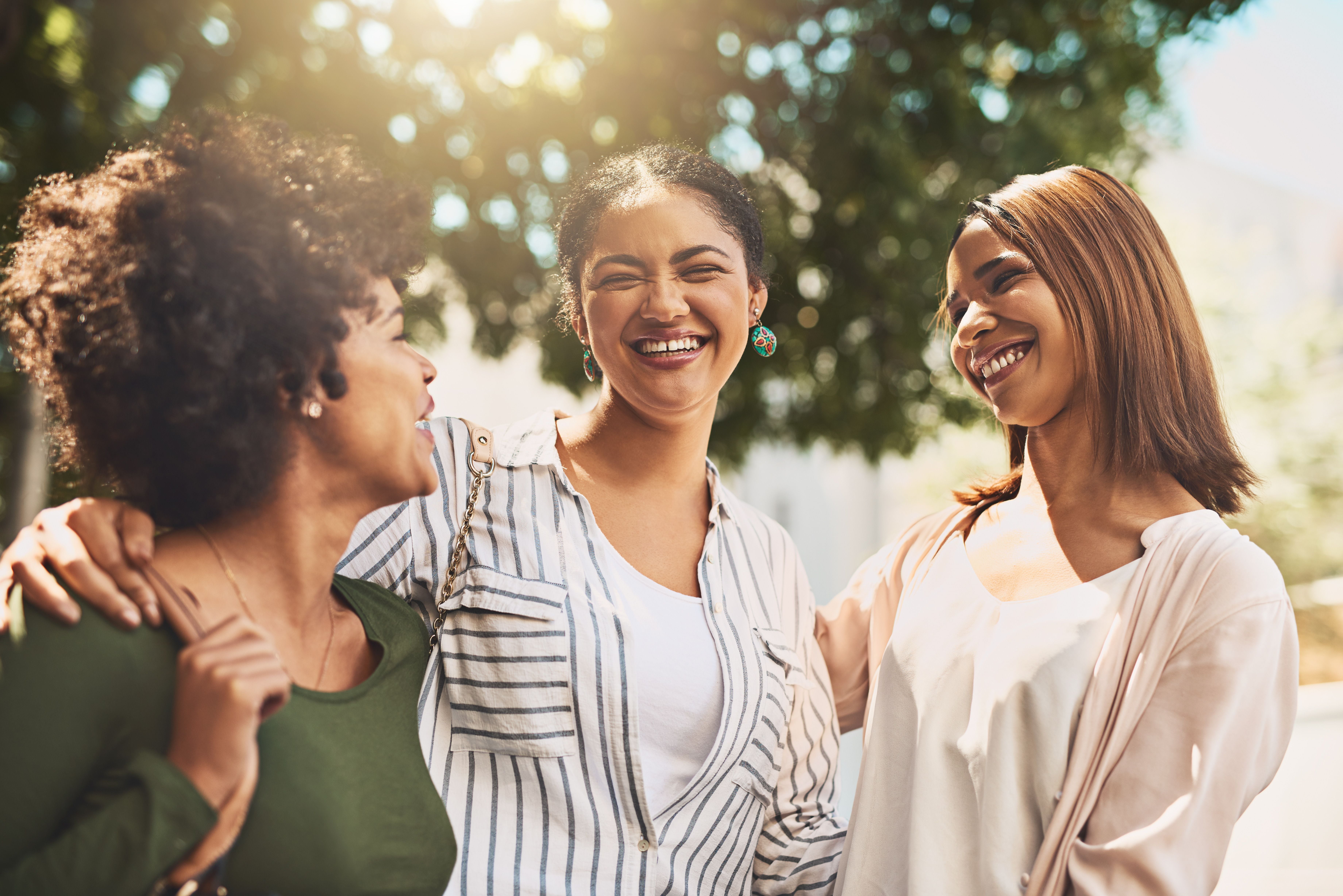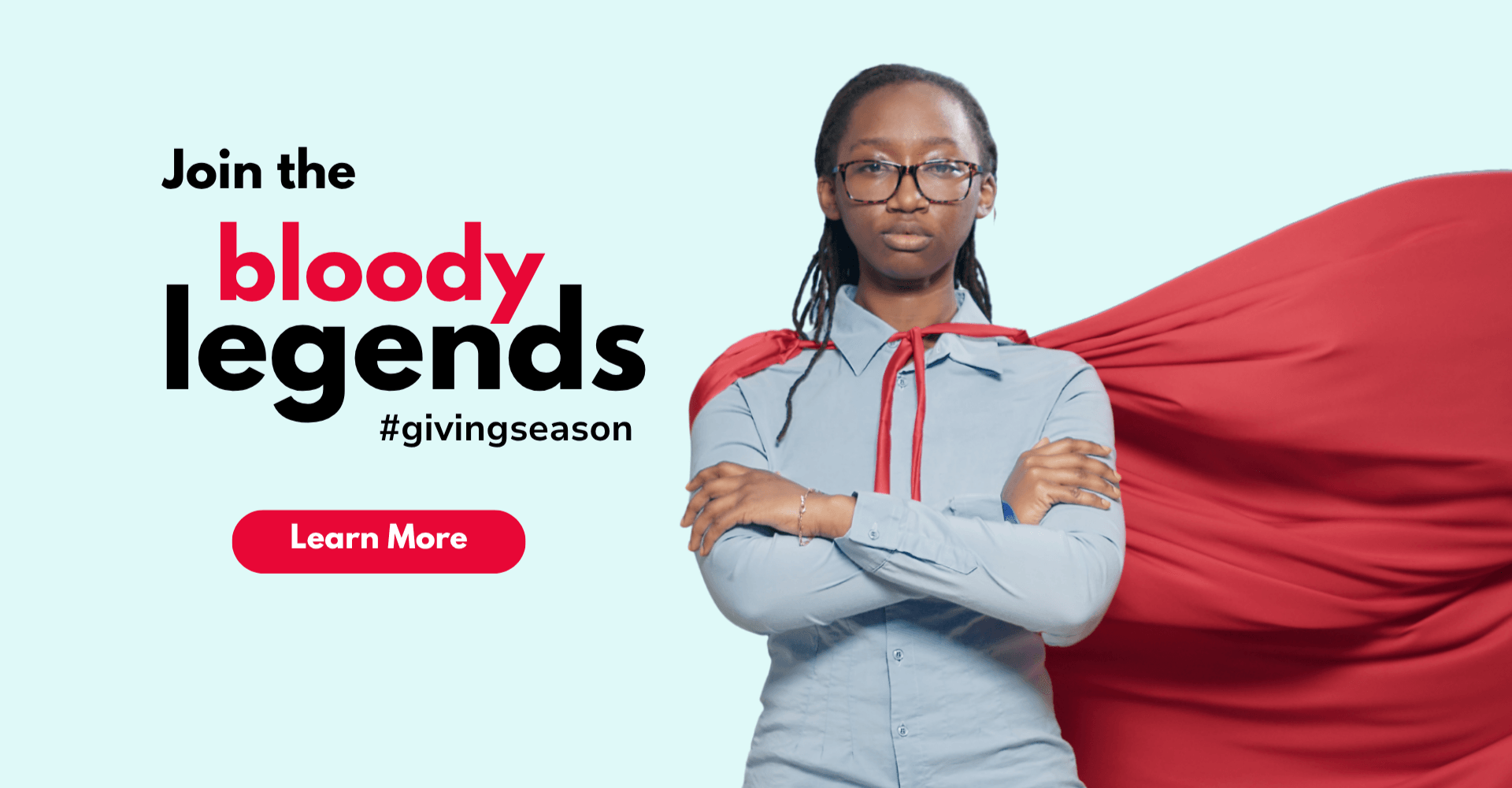Intersectionality Defined: Cause if it’s not intersectional, we don’t want it!
)
Intersectionality Defined: Cause if it’s not intersectional, we don’t want it!
There’s no menstrual equity without intersectionality. In fact, there’s no equity at all without intersectionality.
If this concept is new to you, here’s a simple breakdown.
What does ‘intersectionality’ mean, anyway?
The concept of intersectionality was coined in 1989 by Kimberlé Crenshaw.
She used this word to explain how Black women are double disadvantaged by the intersection of blackness and womanhood.
In other words, the intersecting identity that is being a Black woman means experiencing two types of oppression at once (in this case, racism and sexism).
This is such an important concept to understand for anyone who cares about bettering the world, because everyone experiences said world differently:
The challenges we do and don’t face
How we’re treated and perceived by strangers
The quality of life we have access to
All of these things are influenced by the blend of demographic characteristics that make us who we are. These include race, social class, sexuality, gender identity, (dis)ability, ethnicity, religion, and geographical location, among others.
Why does this matter?
Every marginalized community is filled with people of intersecting identities – each with their own challenges and needs.
Think of it this way: All women are affected by misogyny in some way.
But, despite some common struggles, a white cisgender woman won’t experience all the same challenges as a black woman, or a trans woman, or a black trans woman.
That doesn’t mean any one group’s struggles are more or less important! It just means our struggles are varied, and thus require various solutions.
When the mainstream understanding of feminism is simply “the system is rigged against women!”, we lose sight of the complexity at play, such as…
How women are also capable of oppressing other women.
The many identities that make up the category of ‘women’ – and all those who are excluded from the chance to have their voices heard.
The interconnectedness of misogyny, poverty, racism, homophobia and all other forms of oppression.
This is why the programs, policies, and media we develop to address big social problems (in our case, period poverty) need to be intersectional to be effective.
Intersectionality and the Menstrual Movement
At the Period Purse, we pride ourselves on being intersectional because we know that menstrual inequity affects everyone differently.
An upper-class woman who’s never struggled to buy period products might have no idea that period poverty is a thing. But, she didn’t know how to use tampons at first and cried every time she got a blood stain in public.
That’s a real problem, so we’ve developed a shame-free & inclusive menstrual education program.
A striking 73% of Indigenous menstruators in remote communities have missed school, work or another important activity at least once because they didn’t have access to period products.
That’s a real problem, so we’ve fostered strategic partnerships, co-developed a Moon Time education Zine and increased our outreach in Indigenous communities.
The barriers to healthy periods faced by trans and nonbinary menstruators are made invisible by the framing of periods as a “women’s issue.”
That’s a real problem, so we’re committed to inclusive language and amplifying the voices of everyone who menstruates – especially those who continue to be left out of the conversation.
At the end of the day, when it comes to social progress: if it’s not intersectional, we don’t want it!
The menstrual movement is no exception.
| Tags:News |
&geometry(180x180))

